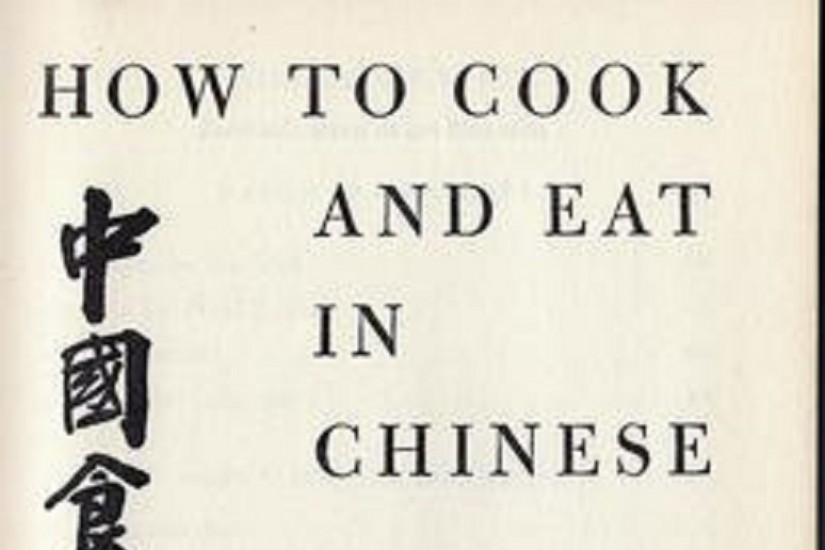What are you making for dinner tonight? If the answer is a stir-fry or some steamed pot-stickers, you can thank Chao Yang Buwei and her husband, Chao Yuen Ren, who invented those names for Chinese-American dishes. Charles W. Hayford explains how the Chaos’ 1945 cookbook, How to Cook and Eat in Chinese, introduced Chinese cooking to white American cooks.
Chinese food had a limited place in American culinary habits well before the Chaos. In the 1890s, Hayford writes, a “chop suey craze” drove white Americans to Chinese restaurants. Restaurants serving white customers in urban Chinatowns developed a selection of south China dishes, including sweet and sour pork, chow mien, egg foo young, and egg rolls. Meanwhile, “American chop suey” was popular enough that the U.S. War Department included it in its 1916 Manual for Army Cooks.
But even the narrow selection of dishes curated for the American palate didn’t make it into many white home kitchens for decades. After World War I, American housewives expanded into new, urbane territory by learning to make Italian dishes (often toning down robust flavors). But even international-themed U.S. cookbooks barely touched East Asian food. In her popular 1935 book, Recipes of All Nations, Countess Morcelle Morphy explicitly stated that the cuisines of India, China, and Japan were “too remote to be fully understandable” to American cooks.
The Chaos thought otherwise. Chao Yan Buwei was one of China’s first female medical doctors, while Yuen Ren had spent a decade studying in the United States before the two met. Hayford places the couple in the New Culture Movement of 1916-1923, which envisioned a new, globally minded Chinese society.
